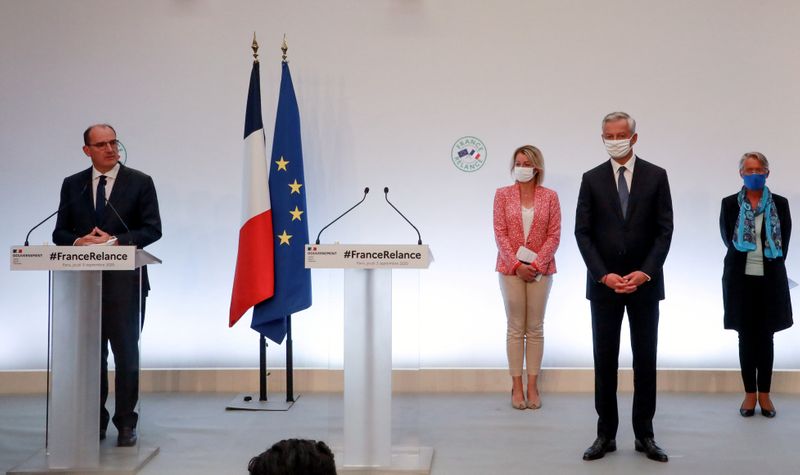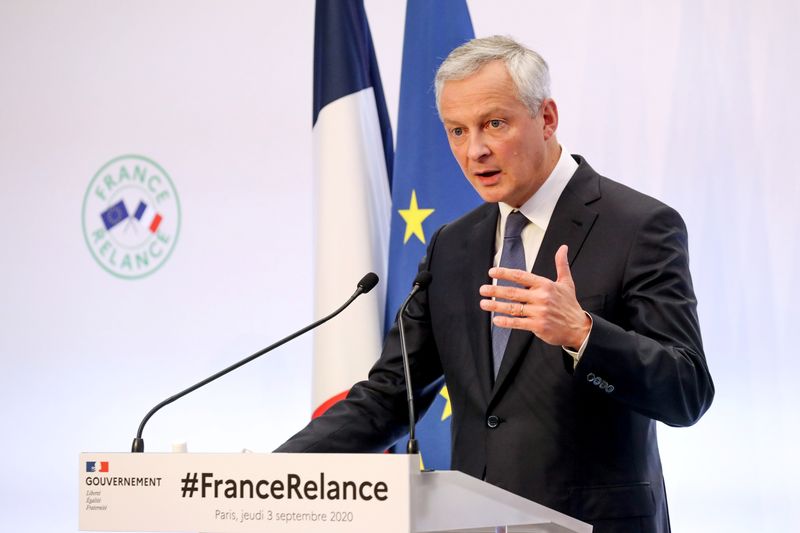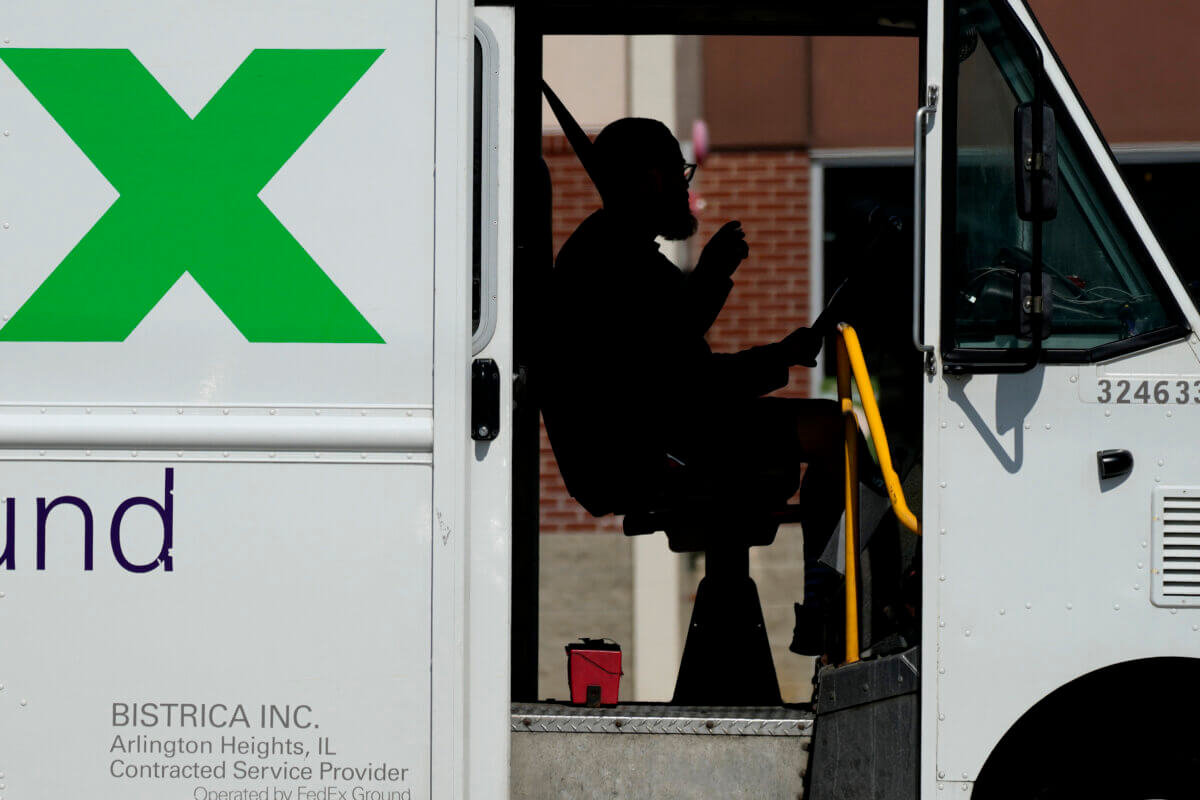PARIS (Reuters) – France announced a 100 billion euro ($118 billion) stimulus to drive a post-pandemic economic rebound in 2021, with a focus on investments in a greener economy, creating jobs and making the country more competitive.
Here are details of the plan:
SHIFT TO GREENER ENERGIES
The government has earmarked 30 billion euros to finance a transition towards more environmentally friendly policies, including:
* 11 billion euros steered towards the transport sector, including 4.7 billion euros for the railways to increase freight traffic and add more regional lines. Nearly 2 billion of that will go to cover losses during a coronavirus lockdown at state rail company SNCF. Bike lanes in towns and cities are another priority.
* 6 billion euros for the renovation of public buildings and private homes
* 2 billion euros over two years for the hydrogen industry, seen as a next-generation energy alternative to fossil fuels. The aim is to invest 7.2 billion by the end of the decade.
* 2 billion euros for incentives to buy electric cars and 2 billion euros for research and development of more environmentally friendly airplanes.
* 1.2 billion euros to help farmers move into more environmentally friendly agriculture.
BOLSTERING FRENCH COMPETITIVENESS
The plan ring-fences 35 billion euros to make the economy more competitive. It includes:
* 20 billion euros of business tax cuts over two years
* 1 billion euros of direct aid for industrial projects, including 600 million euros to help firms repatriate business
* 11 billion euros to top up an existing long-term investment programme over two years.
SOCIAL COHESION, JOBS
The plan earmarks 35 billion euros for “social cohesion”, including 15.3 billion to create 160,000 new jobs and protect workers whose positions are under threat, as well as more vocational training and apprenticeships.
* Nearly half of the support for jobs (6.7 billion) will go towards helping the 750,000 youngsters entering the labour market amid the slump. It includes backing for companies hiring young people and apprentices, and the creation of 200,000 vocational-oriented training places.
* 6.6 billion euros for a long-term reduced work programme.
* 1 billion euros to train redundancy-threatened employees in new skillsets
* 1 billion euros for training in sectors the government wants to promote, such as clean energy.
($1 = 0.8457 euros)
(Reporrting by Leigh Thomas and Caroline Paillez; Editing by Richard Lough and John Stonestreet)




















